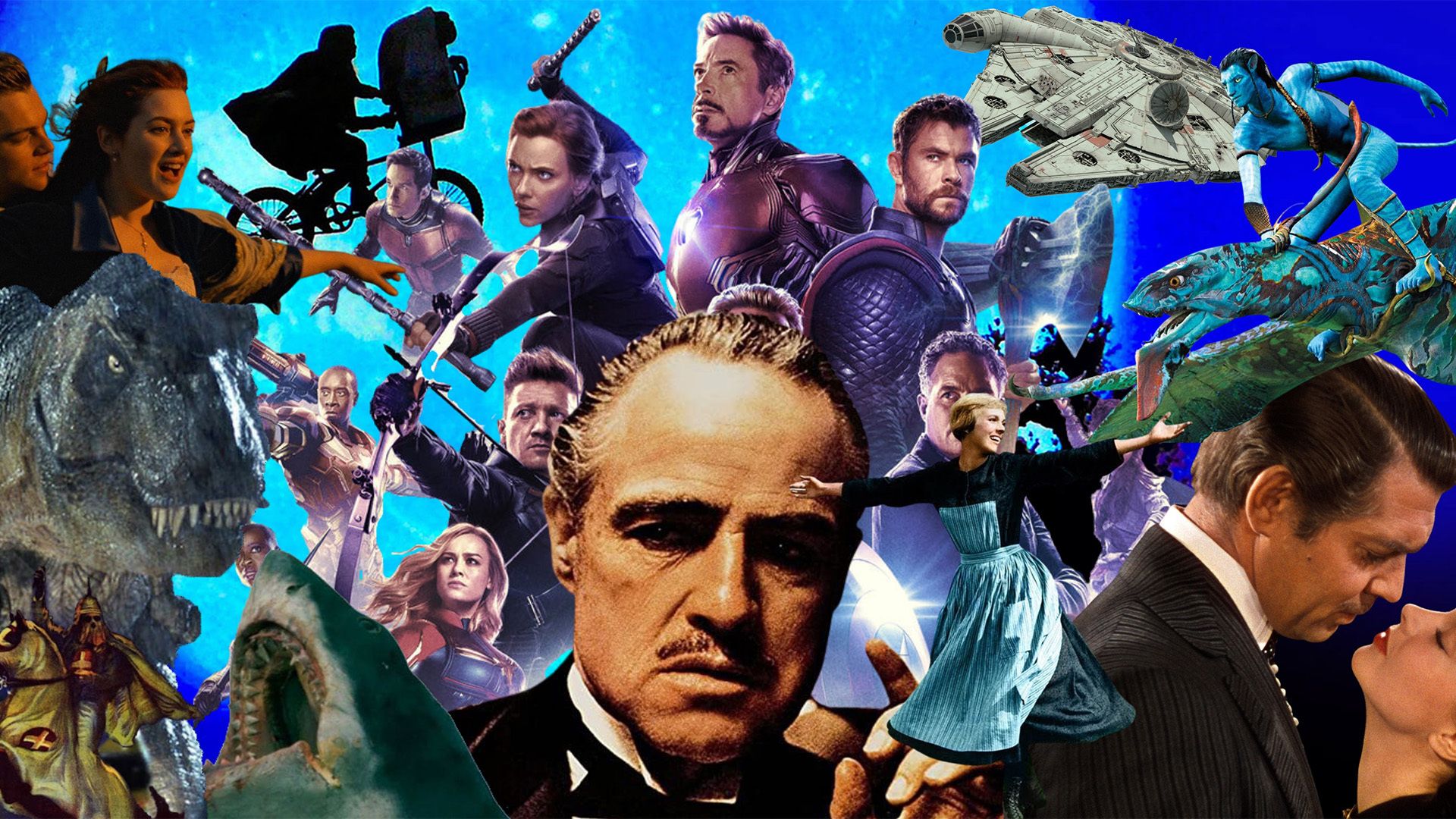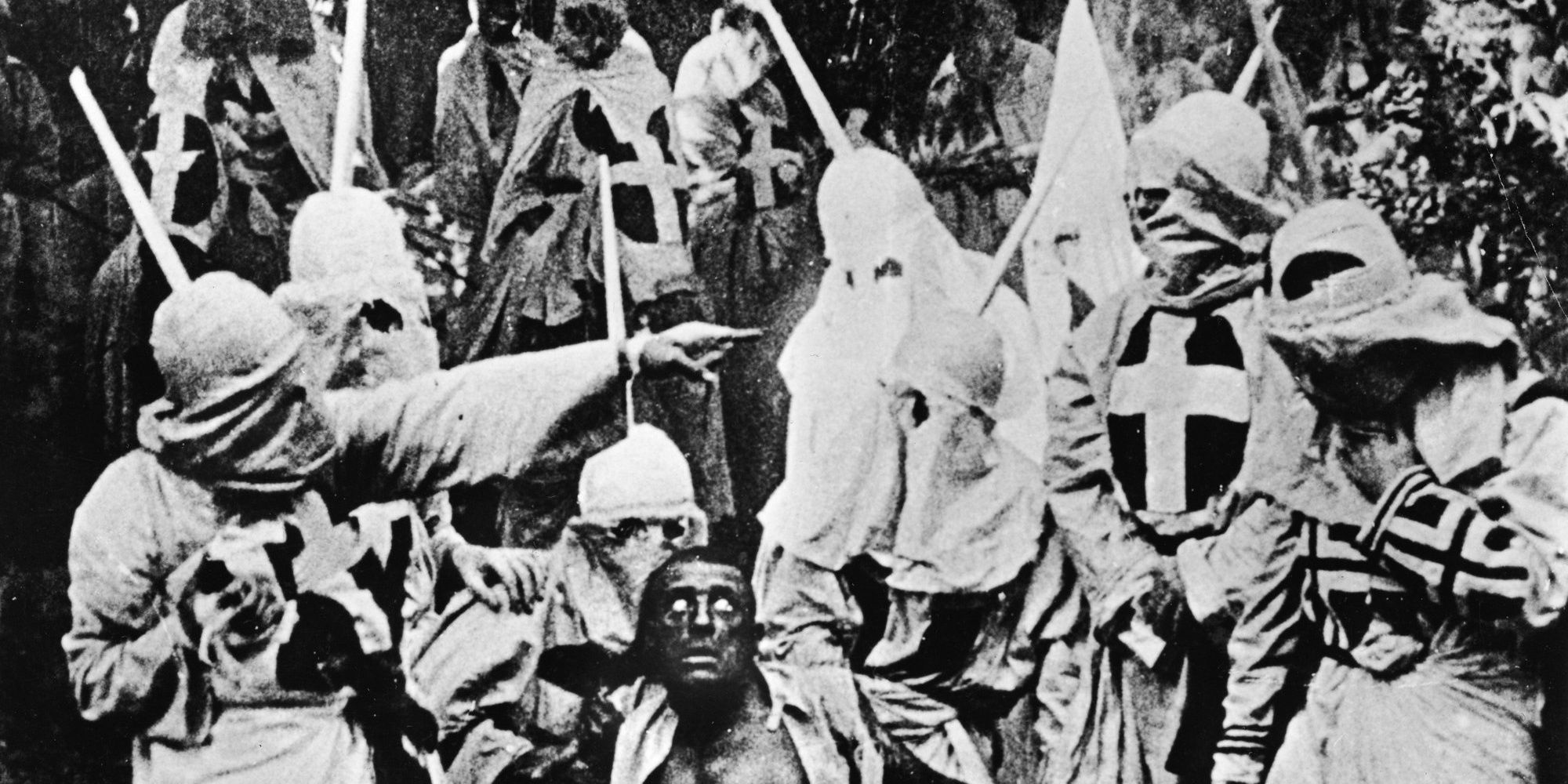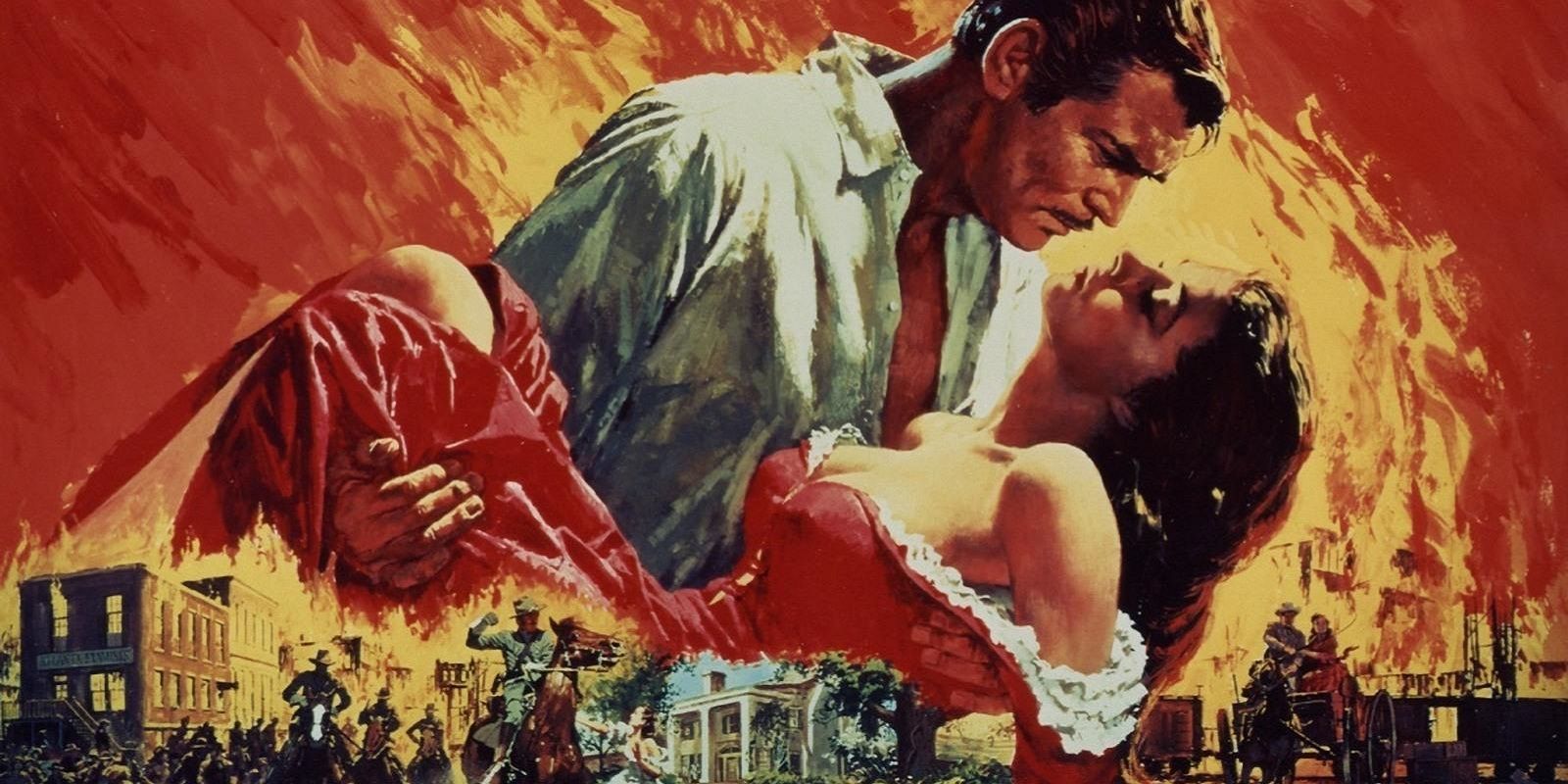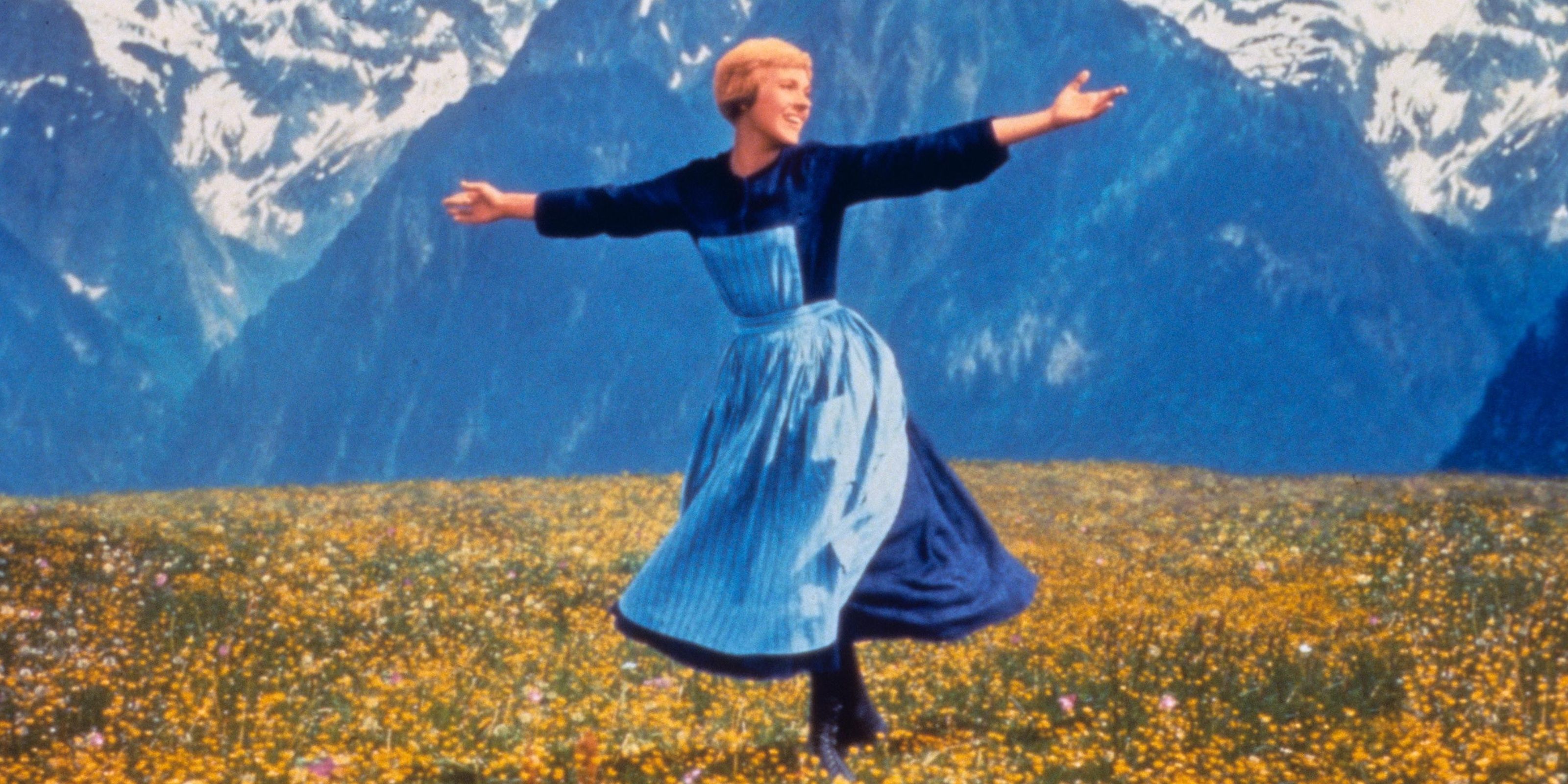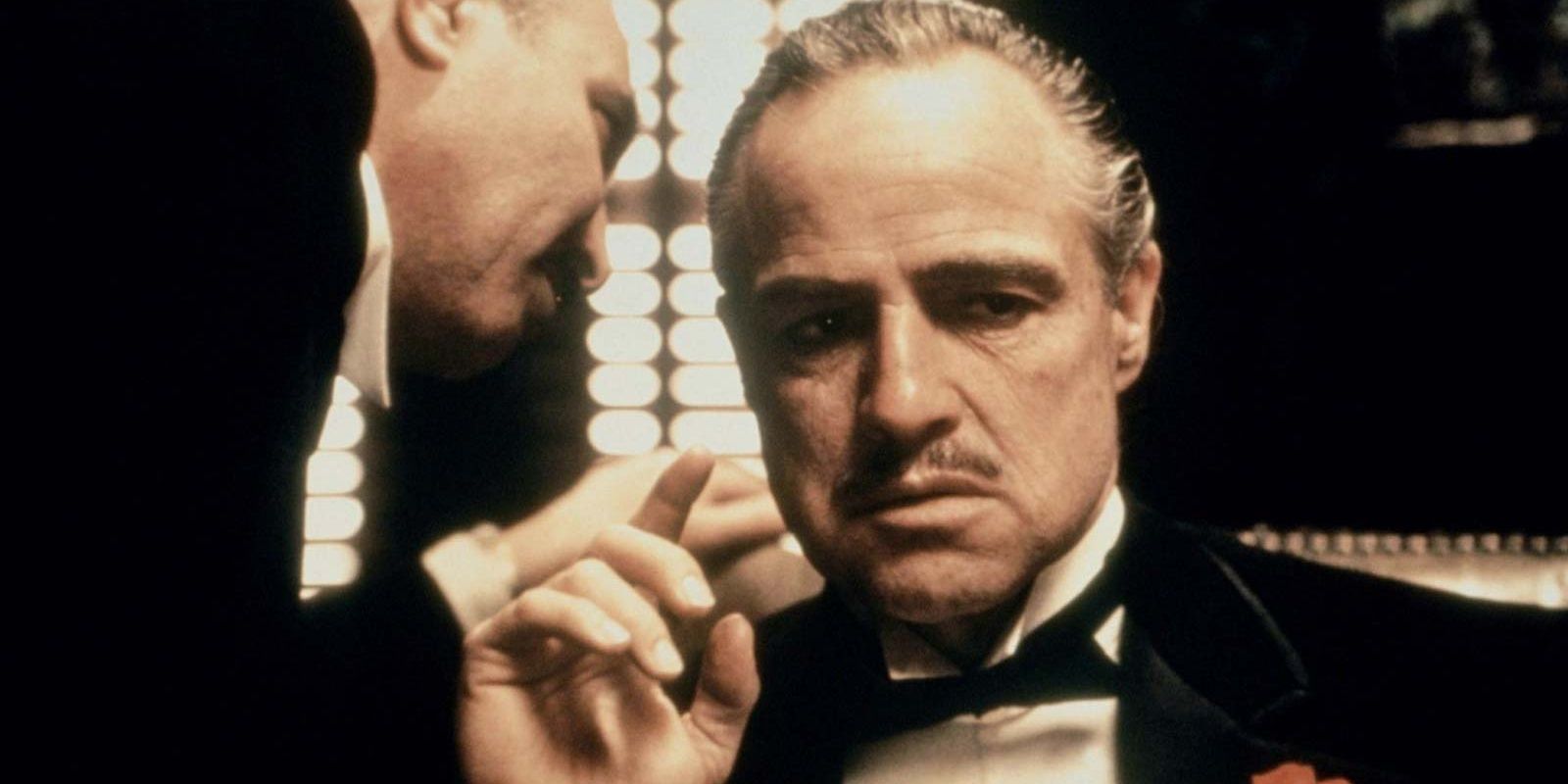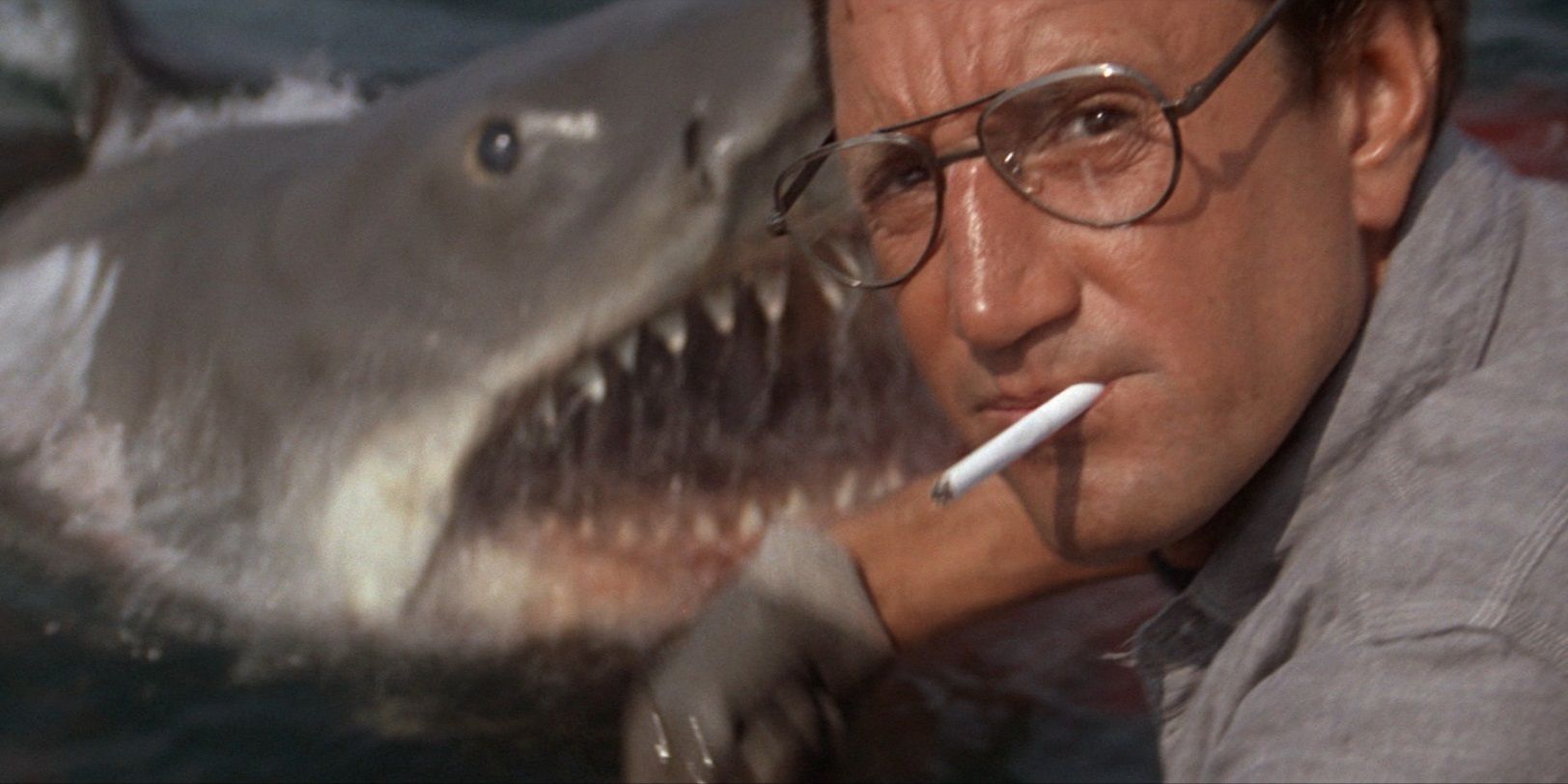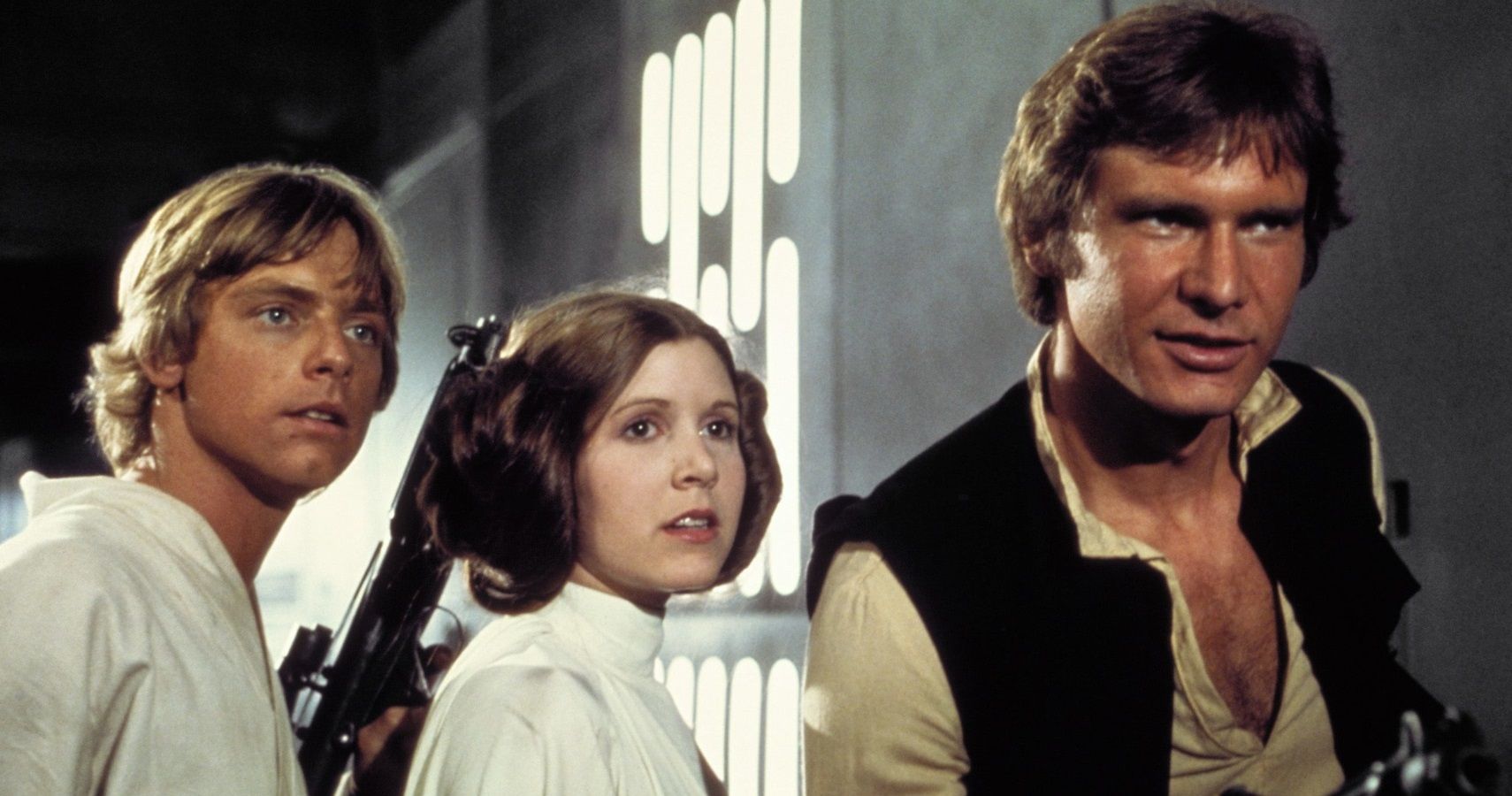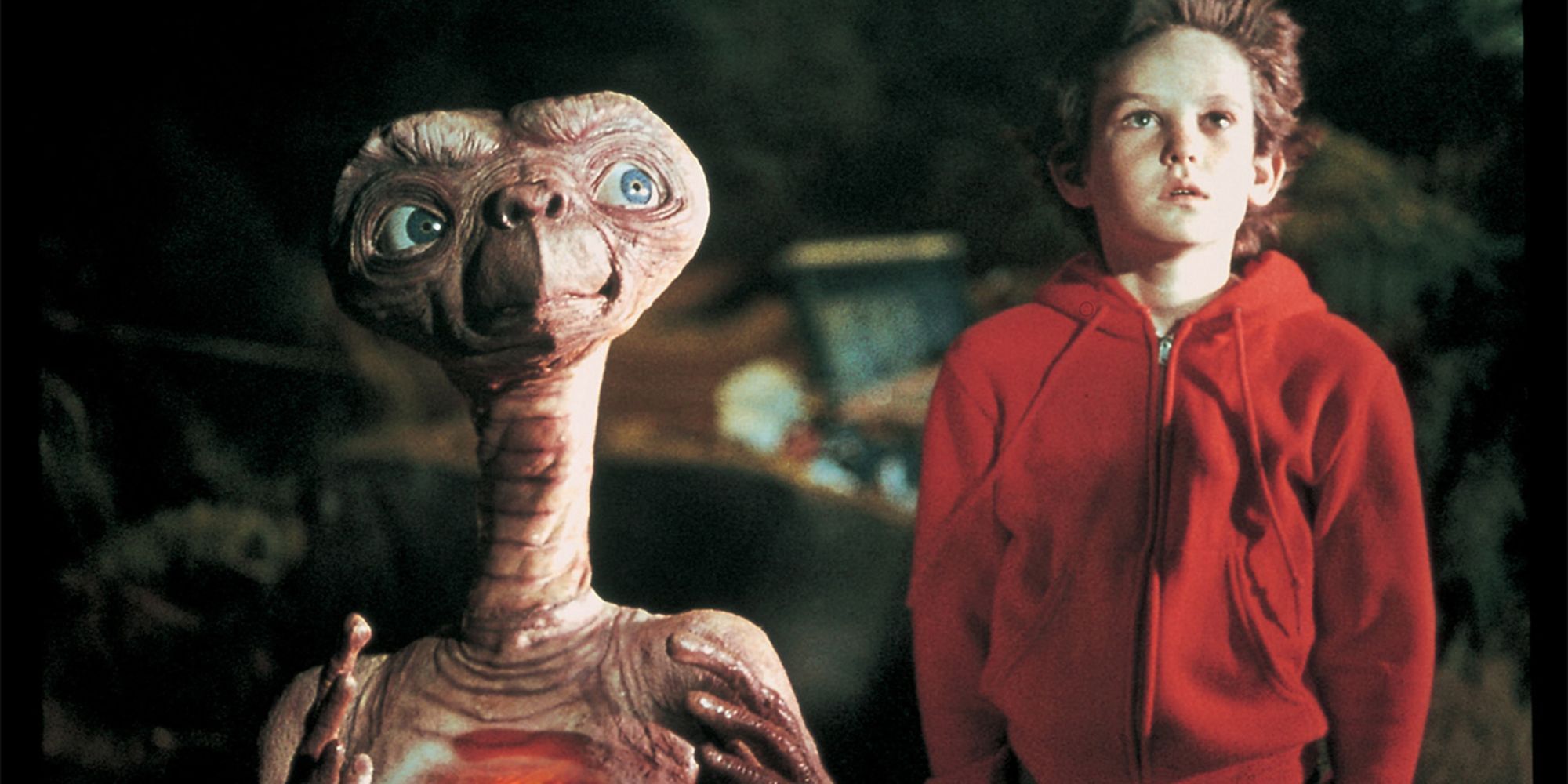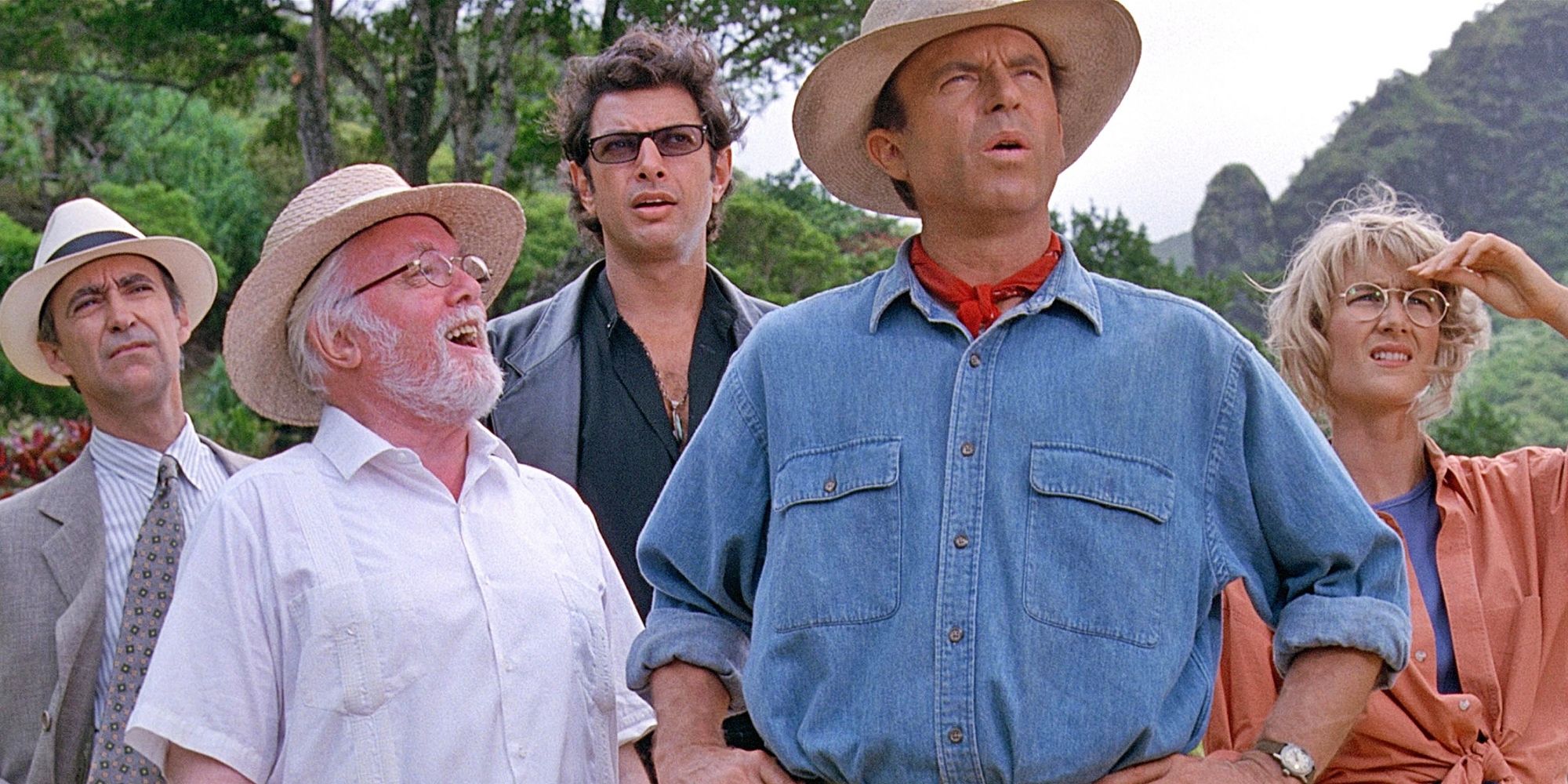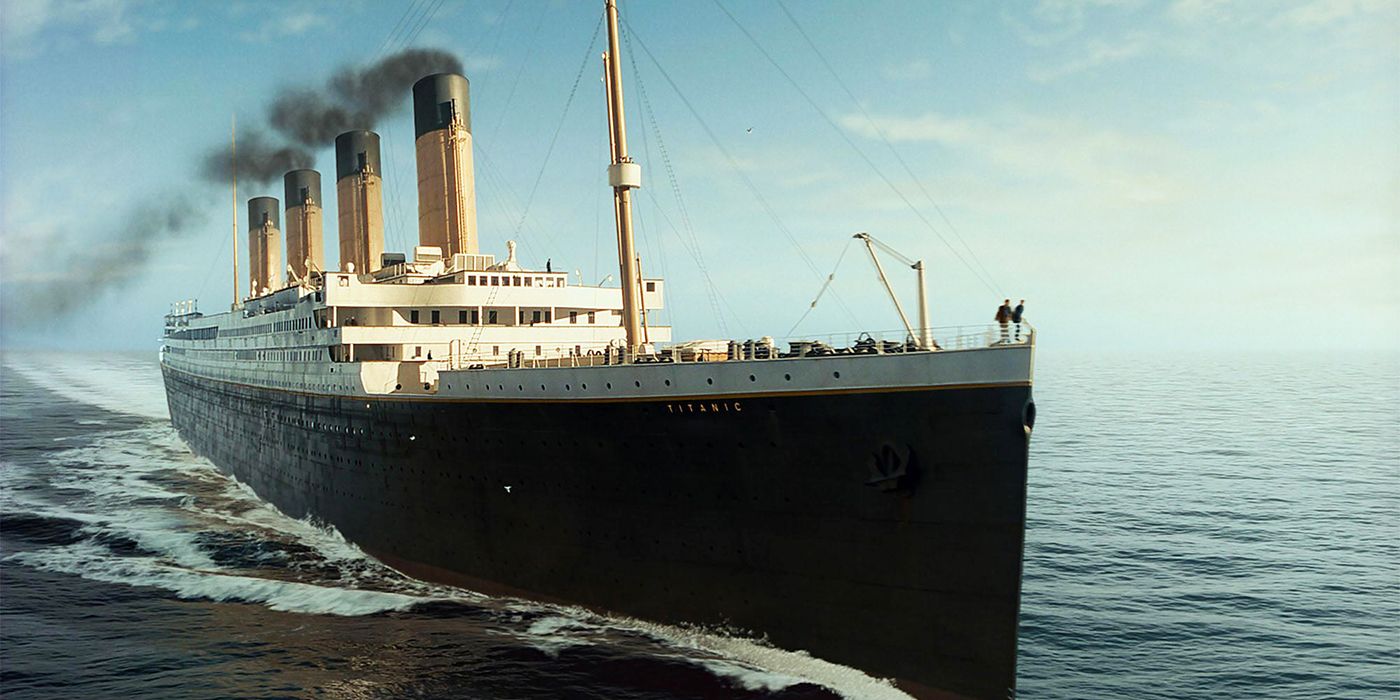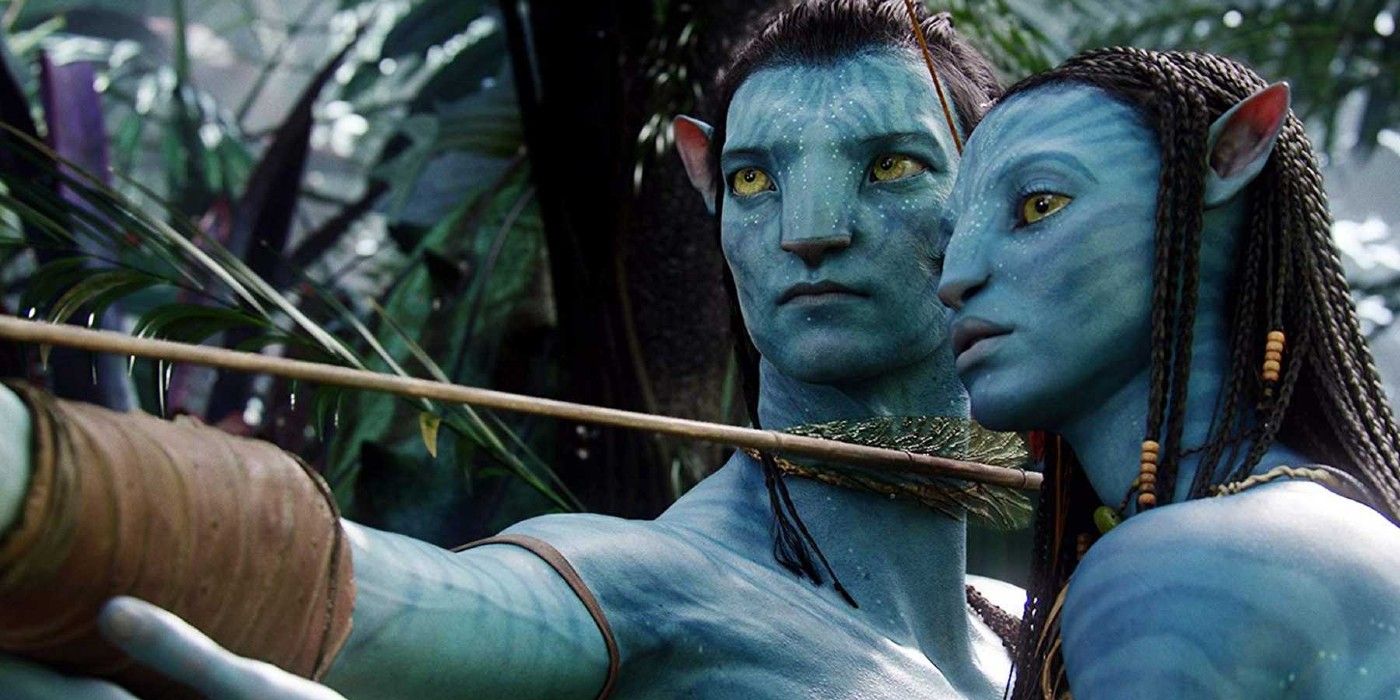Since 1915, 11 movies have held the title of "highest-grossing of all time." For all the awards and critical praise that a film may receive, a movie's box office earnings make for as viable a measure of success as any. Some fare better than others, but a select few have fared better than any before them. By examining the list of films that have held the title of "highest-grossing of all time," one takes a tour of film history and the trends that have shaped an industry for over 100 years.
Film distribution is a rapidly-changing landscape, and although recent developments in the world of streaming have turned the industry on its head, producers and exhibitors have been creatively selling their wares for decades. Chiefly, a film earns its box office grosses during a theatrical run. Innovative filmmakers and exhibitors pioneered the roadshow model for massive or prestigious releases, most prominently during the '50s and '60s as the industry competed with the advent of television. The advent of the summer blockbuster in 1975 further changed the ways in which profits could be maximized. And most recently, with Warner Bros. HBO Max deal amidst the Coronavirus Pandemic, the distribution landscape looks to change even further as a result of streaming's meteoric rise.
Though re-releases and "Hollywood accounting" complicate the timeline, there have been 11 films that canonically have earned the title of "highest-grossing film of all time." Beginning in 1915, they are as follows: The Birth of a Nation (1915), Gone with the Wind (1939), The Sound of Music (1965), The Godfather (1972), Jaws (1975), Star Wars (1977), E.T. the Extra-Terrestrial (1982), Jurassic Park (1993), Titanic (1997), Avatar (2009), and Avengers: Endgame (2019). (The 1972 pornographic film Deep Throat was also believed to have obtained the title for a time; however, the accuracy of its box office income is debatable because of its ties to organized crimes, so it has been excluded from this list.) In examining each of these entries, several interesting trends present themselves.
The Birth of a Nation (1915)
Box office: $15 million; 25 years
D.W. Griffith's The Birth of a Nation represents both a tremendous achievement in the history of cinema and one of the most controversial and harmful movies ever released. The film pioneered several foundational innovations in the medium of film. It was the first 12-reel film ever made, the then-longest at over 3 hours. It came to theaters with instructions for an orchestral score to accompany its exhibition—another first. It pioneered such elemental techniques as the close-up, the fade-out, and the intermission. The film made ample use of spectacle to captivate an audience, a fairly consistent theme in the history of top-grossing movies.
The Birth of a Nation also shamelessly promoted the Confederate "Lost Cause" ideology and crudely depicted African-Americans as unintelligent and belligerent, championing the Ku Klux Klan in its third act and giving rise to the KKK's rebirth in the early 20th century. Though some groups like the NAACP made efforts to ban its showing, the film was nonetheless wildly popular. It even showed at the White House, where President Woodrow Wilson infamously likened it to " writing history with lightning."
Gone with the Wind (1939)
Box office: $32 million; 25 years (total)
The Birth of a Nation held the title until Victor Flemming's 1939 release Gone with the Wind. In many ways, the two are similar: both are antebellum epics that reminisce on the Confederate "Lost Cause," both portray Black characters as crude caricatures, both have massive runtimes, and both were advertised to the public as spectacle event-films. The way the opening title scrolls across the screen, as if too big to be contained by the frame, speaks volumes about its ambition. Gone with the Wind remains an ethically-fraught landmark in the history of cinema like Griffith's epics before it. It was re-released in 1971, when it technically reclaimed its highest-grossing title. Adjusted for inflation, it is still the highest-grossing film of all time to-date.
The Sound of Music (1965)
Box office: $114.6 million; 7 years
The Sound of Music represents the peak of the Hollywood roadshow musical at a time when '50s-style productions of this kind appeared to be on their way out. After a run of musical financial failures, The Sound of Music, along with My Fair Lady (1964) and Mary Poppins (1964) revitalized studios' interest in productions like these after the three tallied a combined 35 Oscar nominations and 18 wins. Alas, musical flops in the form of Camelot (1967) and Doctor Doolittle (1967) spelled the end for the classic Hollywood musical.
The Godfather (1972)
Box office: ~$134 million; 3 years
It's become a cliché to deem The Godfather among the greatest movies ever made, but it didn't earn this tired accolade nor its brief stint as the highest-grossing film of all-time without reason. Marlon Brando's iconic performance in the titular role helped establish method acting as a mainstay of popular film. The film's dark, brooding color cinematography was innovative in its own right. The epic story, taken from Mario Puzo's bestselling 1969 novel of the same name, established it as a genre prototype for gangster films in the decades to come. Although certainly not the first, nor the last top-grosser to come from already-popular intellectual property, The Godfather earned both massive critical and commercial success in a manner seldom seen since.
Jaws (1975)
Box office: $193.7 million; 2 years
With the release of Jaws in the summer of 1975, the modern blockbuster was born. Until that point, studios were resident to release major projects during the summer months, believing audiences would rather enjoy the pool or the beach instead of the theater. Jaws pioneered an entirely new release model while laying the blueprint for blockbusters to come. The film released simultaneously in hundreds of theaters across the country, bolstered by a massive investment in television advertising. Rather than slowly introducing the movie to new markets and building anticipation over time, it virtually created the now-commonplace practice of releasing across the country on a single, predetermined, hotly-anticipated date. Like its top-grossing predecessors, the film was an event-film, but it was no historical epic. The movie pioneered the high-concept film: a movie whose premise can be quickly and easily stated—and marketed. All subsequent top grossers would be high-concept. Put simply, Jaws completely redefined Hollywood's financial potential.
Star Wars (1977)
Box office: $410 million; 4-5 years
When Star Wars (1977) was released, it was unlike anything audiences had ever seen. Here was an effects-driven, high-concept, transportive film with franchise potential which encouraged viewers' escapism, capitalizing on increased public interest in spaceflight. Audiences marveled at the technological breakthroughs which rendered exciting battles on a galactic scale, and the classic good-versus-evil narrative proved wildly popular. George Lucas made good on the seemingly boundless creative potential of his idea, creating sequels in short order which would further mine the Star Wars IP for all its cultural and financial potential. The franchise-film would become an integral part of studios' business plans through today's media landscape.
E.T. the Extra-Terrestrial (1982)
Box office: ~$619 million; 11 years
Steven Spielberg became this list's first repeat offender with the release of 1982's E.T. the Extra-Terrestrial. The movie grounded the science fiction genre in a world entirely-familiar to audiences, complete with suburban homes and Reese's Pieces. It tugged at the heartstrings, drawing on its director's experience as a child of divorce. It was a four-quadrant movie, a key factor in predicting later films' financial success. From a producing perspective, audiences can be divided into 4 categories: males over and under age 25, and females over and under age 25. A four-quadrant film appeals to all four demographics, maximizing earning potential. This principle would make family films, often animated, financially reliable prospects into the 21st century.
Jurassic Park (1993)
Box office: $912.7 million; 4 years
By combining the spectacular effects and science-fiction elements of Star Wars, the high-concept component of Jaws, and adapting an already-successful IP as did The Godfather, Spielberg earned his top-grosser hat-trick with Jurassic Park (1993). The movie adaptation of Michael Crichton's bestselling novel delivered on two primary fronts: it thrilled audiences with groundbreaking visual effects, and it was a featured characters of all quadrants, making it a family movie. By releasing both Jurassic Park and the critical masterpiece Schindler's List in 1993, Spielberg had about the most remarkable year of directorial output since Victor Flemming in 1939 with top-grosser Gone with the Wind and the iconic film adaptation of The Wizard of Oz.
Titanic (1997)
Box office: $2.127 billion; 12 years
By this point, spectacle had become a cornerstone of any film hoping to compete for the title of highest-grossing of all time. Titanic (1997) lived up to its name in every sense of the word: massive sets with thousands of extras, humongous stunts, and an epic runtime which, minus the present-day scenes and credits, equals the time it took for the real-life ill-fated ship to sink. To accommodate this behemoth, director James Cameron secured a $200M budget, making it the then-most-expensive film ever made, but also the first to eclipse the one-billion-dollar mark at the box office. It earned a record-tying 14 Academy Award nominations and a record-tying 11 wins. The genesis for the film stemmed from Cameron's fascination with shipwrecks and the technological innovations he would make in studying what he called "the Mount Everest of shipwrecks." It wouldn't be the last time Cameron's technological imperative helped place his work on the top-grosser list.
Avatar (2009)
Box office: $2.841 billion; 10+ years (total)
At the height of the 3D phenomenon, James Cameron's Avatar (2009) earned the director his second highest-grossing film of all time. While he'd intended to film Avatar right after wrapping Titanic, the technology necessary to accommodate his immersive, science fiction vision wasn't yet available. He sat on the idea until 2006 when he determined the abilities of motion-capture and CGI effects had caught up to his ambitions. The spectacle of stereoscopic 3D and a wave of critical praise for its technological innovations attracted audiences in droves. It shot past the $2 billion mark at the box office and remains the second-highest-grossing film of all time adjusted for inflation, behind only Gone with the Wind. Cameron has sought to franchise the Avatar IP, planning several Avatar sequels into the late 2020s. After a re-release in China in 2021, Avatar regained its top spot as the highest-grossing movie of all time.
Avengers: Endgame (2019)
Box office: $2.797 billion; 2 years
Though cinematic adaptations of comic book characters were not a new invention of the late 2000s, producer Kevin Feige reshaped the blockbuster landscape by taking the franchise-film to its logical extreme. From 2007 to 2019, the Marvel Cinematic Universe capitalized on pre-existing IP, effects-driven action pieces, and an expansive world that delighted in crossover potential. The culmination of this sprawling story across an unprecedented 22 films always had the potential to claim the top spot on the highest-grossing list, after series-capstones like The Lord of the Rings: The Return of the King (2003) and Harry Potter and The Deathly Hallows - Part 2 (2011) earned the highest box office receipts of their respective franchises. Thanos represents a watershed moment in photorealistic CGI character execution, building on Avatar's success before it. In the end, Endgame just barely edged out Avatar by a smidge over $8 million on its initial run, but it was later overtaken by Avatar.

